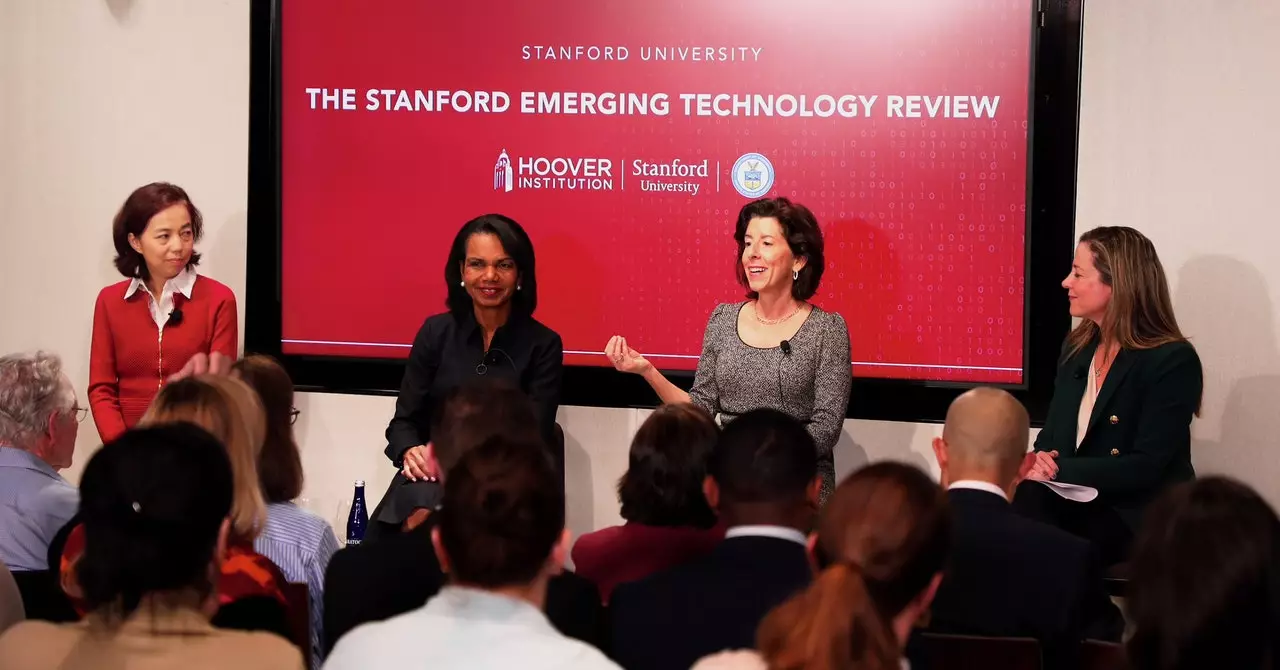Last year, OpenAI’s ChatGPT took the world by storm, astonishing power players in Silicon Valley and Washington, DC. The overwhelming success of this AI breakthrough has prompted the US government to take action. In an attempt to stay informed about significant advancements in large language models, such as ChatGPT, the Biden administration plans to utilize the Defense Production Act. This act will compel tech firms to notify the government when they employ substantial computing power to train an AI model. The rule is set to be implemented as early as next week. By enforcing transparency, this requirement will provide the US government with crucial insights into sensitive projects conducted by tech giants like OpenAI, Google, and Amazon. Moreover, companies will need to disclose their safety testing initiatives related to their new AI creations. However, OpenAI has remained relatively silent about their progress on GPT-4, leaving room for speculation. As for when the requirement will take effect and what the government will do with the acquired information, further details are expected to be announced in the coming week.
The genesis of these new regulations stems from a comprehensive executive order issued by the White House last October. The order entrusted the Commerce Department with the task of devising a framework in which companies would be mandated to disclose information about their groundbreaking AI models in development. This includes divulging the extent of computing power employed, data ownership details, and the nature of safety testing conducted. Although the executive order emphasized the importance of defining thresholds for AI model reporting, it initially set the bar at 100 septillion (a million billion billion or 10^26) floating-point operations per second, or flops, with a 1,000-fold reduction for large language models dedicated to DNA sequencing data. While the precise amount of computing power expended by OpenAI and Google on their most advanced models, GPT-4 and Gemini respectively, remains undisclosed, a congressional research service report suggests that GPT-4’s training did surpass the 10^26 flops threshold.
At an event held at Stanford University’s Hoover Institution, Gina Raimondo, the US Secretary of Commerce, confirmed the use of the Defense Production Act to enforce transparency and stated, “We’re using the Defense Production Act, which is authority that we have because of the president, to do a survey requiring companies to share with us every time they train a new large language model and share with us the results—the safety data—so we can review it.” While Raimondo did not specify the timelines of these new requirements or the consequences of non-compliance, she assured that more information would be disclosed in the upcoming week. This commitment demonstrates the government’s dedication to exercising reliable oversight in the rapidly evolving field of AI.
In addition to the aforementioned measures, the Commerce Department will soon establish another requirement outlined in the October executive order. This requirement compels cloud computing providers such as Amazon, Microsoft, and Google to notify the government when a foreign entity utilizes their resources to train a large language model. Similar to the domestic regulations, foreign projects will also be subjected to the initial threshold of 100 septillion flops.
A Promising Future for AI
The government’s decision to demand transparency from tech companies embarking on ambitious AI projects signifies an essential step towards ensuring public safety, ethical considerations, and the protection of proprietary information. By gaining insight into the intricacies of AI development, the US government can actively assess and address any potential risks associated with AI models. Embracing the advantages of AI while mitigating its potential downsides requires a delicate balance, and these transparency measures represent a strong effort to achieve such equilibrium. As the world continues to witness remarkable AI breakthroughs, it is paramount that both policymakers and technology pioneers collaborate to navigate the evolving AI landscape.


Leave a Reply